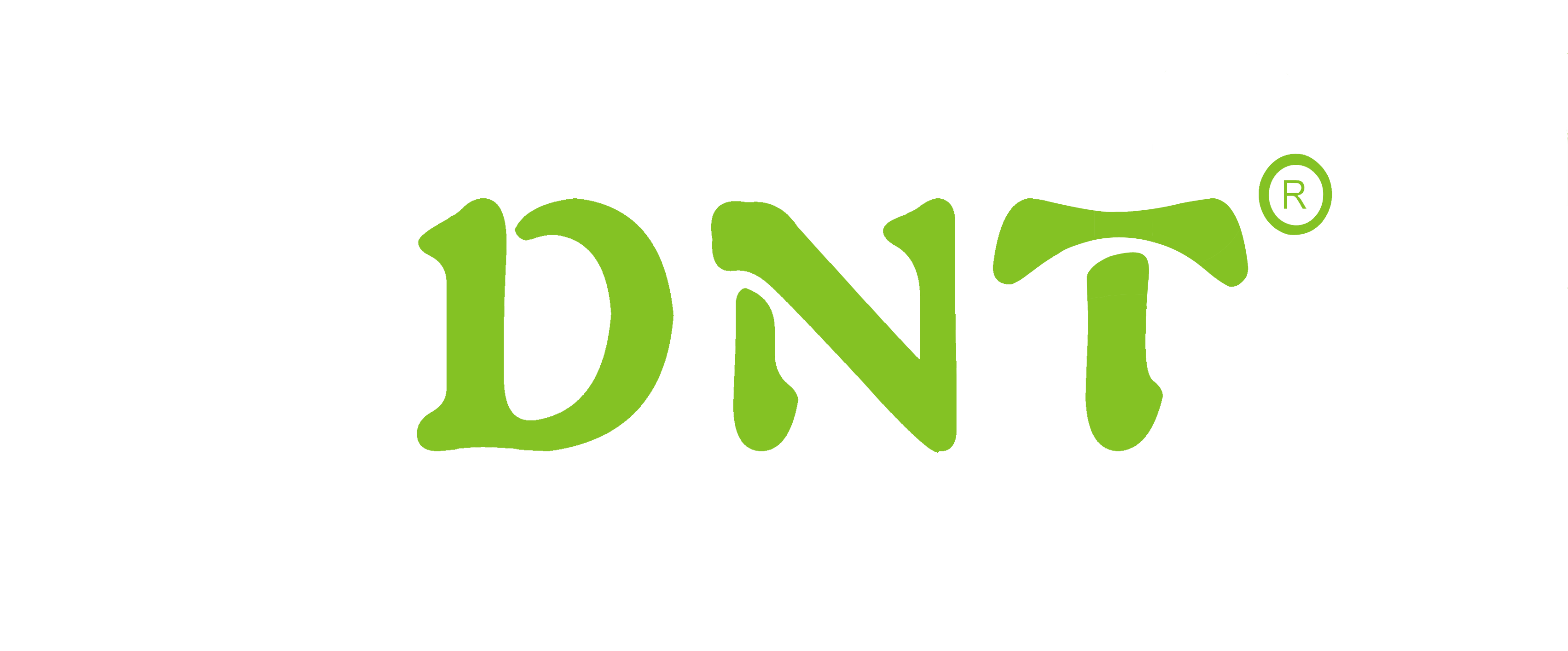
- Ningbo Dongning Tools Co.,Ltd
- Professional Chinese Tools manufacturer on hand tools& automotive tools
- Address
- No.6 Falan Rd,Hengjie Town,Ningbo City,Zhejiang,China
- Phone
- +86-574-87216625
- info@nbdntools.com
When selecting a puller tool for removing press-fitted components such as bearings, gears, sleeves or pulleys, the right choice can make the difference between a smooth job and a costly mistake.
Two widely-used styles are the standard jaw puller (commonly 2-jaw or 3-jaw) and the more specialist parallel puller (parallel-jaw design). In this article, we compare these two, highlight their key differences and advantages, and show how DNT Tools supports your correct choice with quality tooling and customization.
A standard jaw puller typically uses two or three legs (jaws) that hook onto or behind the part to be extracted. A centre forcing screw (mechanical) or hydraulic cylinder pushes against the shaft or hub to remove the component. Many industry guides note that a three-jaw puller often provides more even force distribution than a two-jaw one.
Standard jaw pullers are widely used due to their versatility and affordability — they suit many workshop scenarios with common parts and reasonable clearances.
A parallel puller (also called “parallel-jaw puller”) features jaws that remain parallel to the shaft (or pulling axis) during the operation — avoiding the “jaw angling away” phenomenon found with some standard puller jaws. For example, one supplier explains: “Parallel jaw pullers pull the work piece with force parallel to the shaft… The jaws do not angle away … causing the jaws to slip off and cause damage.”
This design offers enhanced grip stability, reduced risk of slippage, and often better suitability for awkward shapes or confined spaces.
| Feature | Standard Jaw | Parallel Puller |
|---|---|---|
| Jaw movement | May angle | Stays parallel |
| Force distribution | Less balanced | More even & stable |
| Best for | General use, cost-sensitive jobs | Shape-sensitive, confined access, minimal damage risk |
Choose a Standard Jaw Puller when:
Choose a Parallel Puller when:
At DNT Tools , we offer both standard and parallel puller solutions and can support you to choose or even customise the optimal design:
In short: Standard jaw pullers remain a staple for general use thanks to their versatility and cost-effectiveness. Parallel pullers, however, offer distinct advantages in grip stability, shape adaptability and higher-precision extraction jobs. Knowing your application, geometry, budget and performance requirements will guide your selection. With the right tool — and with a partner like DNT Tools — you minimise risk, improve efficiency and protect your machinery and components.
If you’d like guidance on selecting the correct puller type or assistance with a custom parallel-jaw tooling solution, please contact DNT Tools — we’re ready to help you make the right choice.